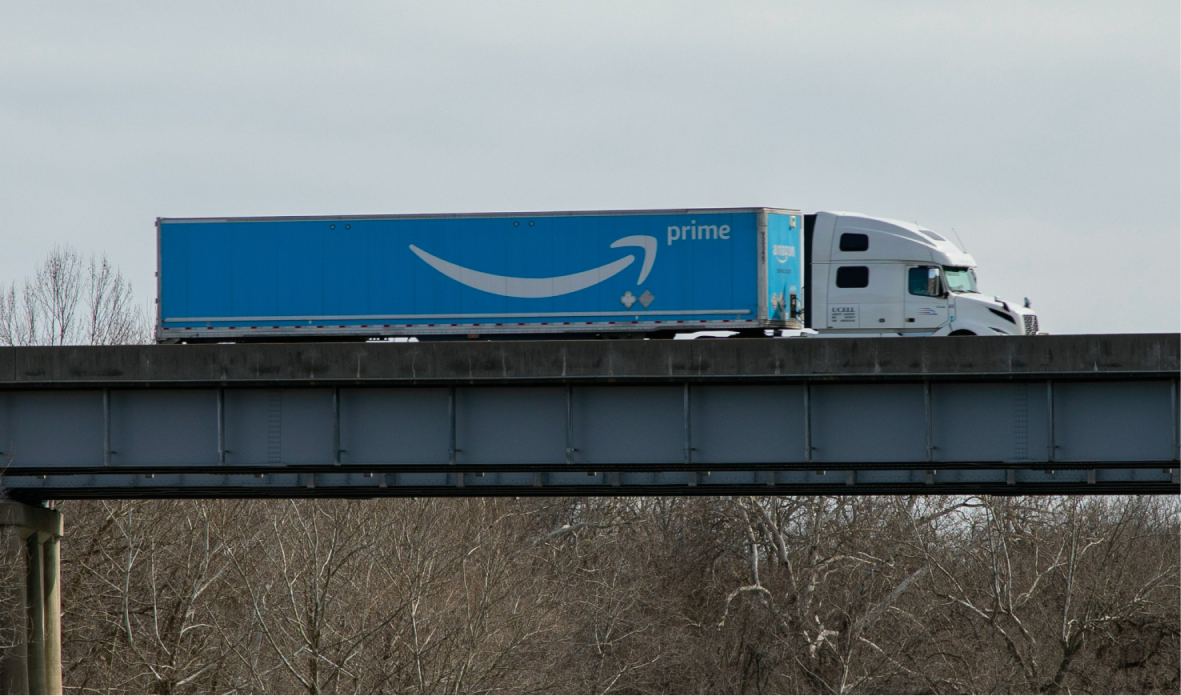Why Are People Boycotting Amazon?

For many of us, Amazon has become almost unavoidable — a place where you can get groceries, books, electronics, or even toilet paper delivered to your door in a day or two. The convenience is undeniable. But behind the easy shopping experience lies a more complicated reality, and that’s why more and more people are rethinking their relationship with the company.
Workers, activists, and everyday shoppers have raised serious concerns about Amazon’s labor practices, its role in fueling overconsumption, and its outsized influence on politics. Add to that the stories of unsafe working conditions, aggressive union-busting, and massive profits funneled to the very top, and the picture looks like a cautionary tale.
Here are some of the biggest reasons people are choosing to boycott Amazon:
Union Busting
When workers in Amazon’s Garner, North Carolina (RDU1) warehouse decided to form a union for better pay, more paid sick leaves, and increased break times, Amazon brought out its infamous union-busting arsenal. It sent managers and HR professionals to patrol the warehouse, played anti-union videos on loop in break rooms, and made sure all its union-busting materials were available in Spanish to cater to a wider worker base.
Amazon also bombarded the workers with texts and messages on the A to Z app, which workers need to use to get important information about their shifts and pay. In 2024, it spent nearly $13 million on consultants who specialize in defeating labor organizing campaigns — money that could have been given for raises and employee benefits. Even when unionization succeeded, as in Staten Island's JFK8 warehouse, Amazon exploited legal loopholes by filing appeals that typically drag on for 3-5 years, effectively undermining union momentum.
Worker Treatment
Amazon is known for its speed and precision, but a harsh reality lurks behind the scenes. A 2023 survey of Amazon workers reveals concerning statistics: 70% of employees have taken unpaid time off due to work-related pain or exhaustion in the past month, with 34% doing so three or more times. Workers commonly suffer sprains, strains, and tears, while nearly half report moderate to severe pain in their legs, knees, or feet within three months on the job. These injuries stem from the relentless work pace and strict monitoring of productivity through metrics such as "rate" (tasks completed per hour), "task time" (average time between barcode scans), and "idle time" (periods when workers aren't scanning items while clocked in).
Also read: 5 Free Alternatives to Hulu, Netflix, and Prime
Wage Theft
In recent years, Amazon has had to shell out millions of dollars in wage theft settlements. Employees have filed complaints that the company has failed to pay out overtime and signing bonuses, while misleading customers and taking drivers’ tips. Meanwhile, founder Jeff Bezos’s net worth is predicted to increase $50 billion by the end of 2025.
Corporate Greed
While Amazon warehouse workers are dealing with debilitating injuries and lower wages, founder Jeff Bezos is getting exponentially richer. He has received a lot of backlash for over-the-top lifestyle choices that have a negative impact on the environment as well. This includes buying a $500 million superyacht and a three-day wedding in Venice, where celebrity guests were flown in to the city in private jets. While consumers are being asked to shop more sustainably, the rich are causing irreversible damage with luxury travel options like private jets and yachts.
Driving Overconsumption
While Amazon has revolutionized shopping with its vast product selection and lightning-fast delivery, its features promote excessive purchasing. The "Buy Now with 1-Click" button and "Subscribe & Save" subscription models simplify transactions, making it easier for consumers to overspend. Marketing tactics like limited-time Prime Day deals and targeted advertising create FOMO (fear of missing out) and encourage impulsive buying behavior. Though shopping provides a temporary dopamine rush, it often leaves consumers feeling guilty and financially strained afterward.
Also read: 6 Tips to Avoid Overconsumption When Shopping Online
Contributions to Candidates and Political Action Committees (PACs)
Corporations use Political Action Committees (PACs) to influence politics since they can't donate to candidates directly. They can either solicit contributions for traditional PACs or use treasury funds for Super PACs that independently advocate for candidates. The League of Conservation Voters tracks how politicians vote on climate issues, revealing that many major companies donate significantly to climate-obstructive candidates and PACs. On average, companies gave over half their political donations to such candidates. This included Amazon, which contributed over $1 million to climate-obstructive campaigns between 2018 and 2024 — a practice considered problematic given the urgency of climate action.
Join the community














.jpg)


